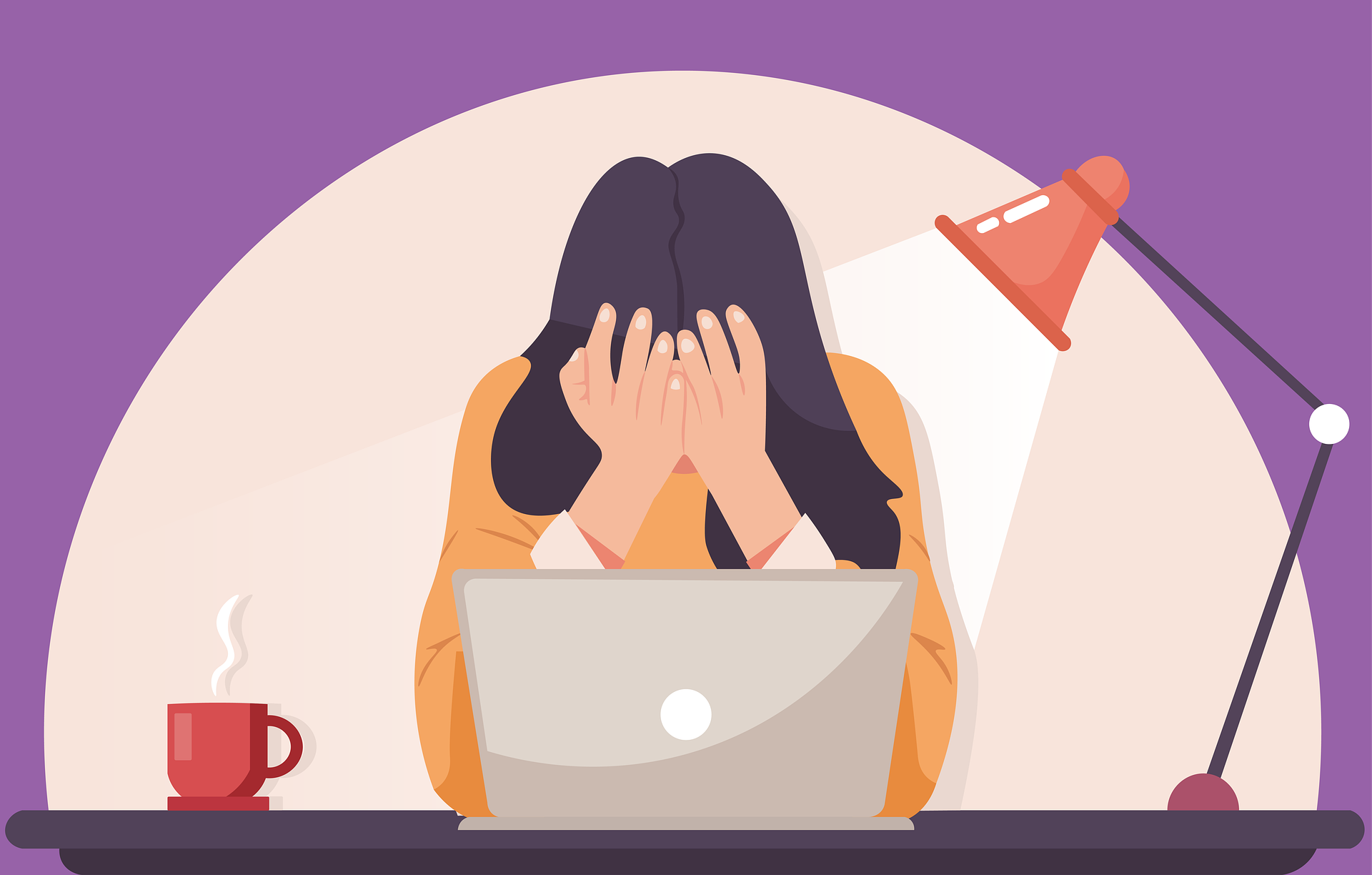
Children with reading and writing difficulties had an exceptionally hard time due to Covid-19. For this group, reading a normal book is already a huge challenge, but taking in school lessons via a screen and maintaining concentration is even more difficult.
Researchers from Sweden and Norway have been looking for a way to solve this and have found a solution in what is known as “visual white noise.” This is what the University of Gothenburg has reported in the study Sensory white noise improves reading skills and memory recall in children with reading disability.
Monotone image and sound
Some people may already be familiar with the concept of auditory white noise. This is a monotonous sound. Think, for example, of a radio that is not tuned to a channel, a fan, a vacuum cleaner, or the roar of the sea. Previous studies have shown that this can help children with attention problems perform certain cognitive tasks better.
Norwegian and Swedish researchers have applied this principle to computer screens and started experimenting with “pixel noise.” As it turns out. “The white pixel noise we exposed children to can be compared to giving spectacles to someone with myopia. The effect on their reading and memory was immediate,” says Göran Söderlund, from the University of Gothenburg.
80 students with and without reading problems
The study was conducted on approximately 80 students in the Småland region of southern Sweden. The participating children were selected after a word recognition test and then split into three groups. Good readers, children with some reading difficulties, and children with major reading difficulties.

In the study, the children were asked to read 12 words while being subjected to four different levels of visual white noise, from zero to high. The test assessed how many words the children could read correctly and how many words they were able to remember afterwards.
The results showed that the children with major reading problems performed significantly better when exposed to visual pixel noise. They read more words correctly and were able to remember more words as well. The white noise, meanwhile, had no negative effects on the good readers and those with minor reading problems. “This is the first evidence that visual white noise has an effect on cognitive learning,” Söderlund states.
Adjusting screens
He says that it is a matter of precision. Too much or too little noise is not beneficial. In addition, it is important that there is not too much noise either. Yet no noise at all (wearing headphones) is no good either.
According to Söderlund, the results show that children with reading and writing difficulties can be helped in a relatively simple way. “By adjusting screens at home and at school, we hope to solve their problems in one go.”
Söderlund emphasizes that this is only a preliminary fundamental research. Obviously, more will need to be done to see if it works on a larger scale with more children.




